Education is all about personal learning and growth. Over the past years, the system of education has evolved day by day to provide more advancements in the fields. This enhancement in the system of education has shifted classroom education into digital learning.
In this blog, I will be discussing the multi-dimensional nature of educational technology and more about it.
Role of Educational Technology
Educational technology is not only about the digitalization but also about the redesigning of the learning ecosystem. To enhance creativity and critical thinking, technology has demonstrated that education does not necessarily involve lectures and exams. It may be a transformative process based on individualization.
Online Learning in Education
Whenever we listen to digital learning in the educational field, what comes to mind is the image of students who are learning from screens, but as a matter of fact, it is much more than that.
It refers to the application of digital media, platforms, and resources in improving teaching and learning experiences. Online education has enabled flexibility and access to education for all age groups.
This is how the digital learning benefits you:
- Individualized Learning: With adaptive platforms that evaluate the performance of students and recommend resources based on it.
- Accessibility: Students in rural locations, or students who cannot use traditional institutions, can now study online using online platforms such as Coursera.
- Variety of Resources: Videos, podcasts, e-books, and even virtual reality worlds can be used by the learners instead of relying on one textbook.
Technological Impacts on Education
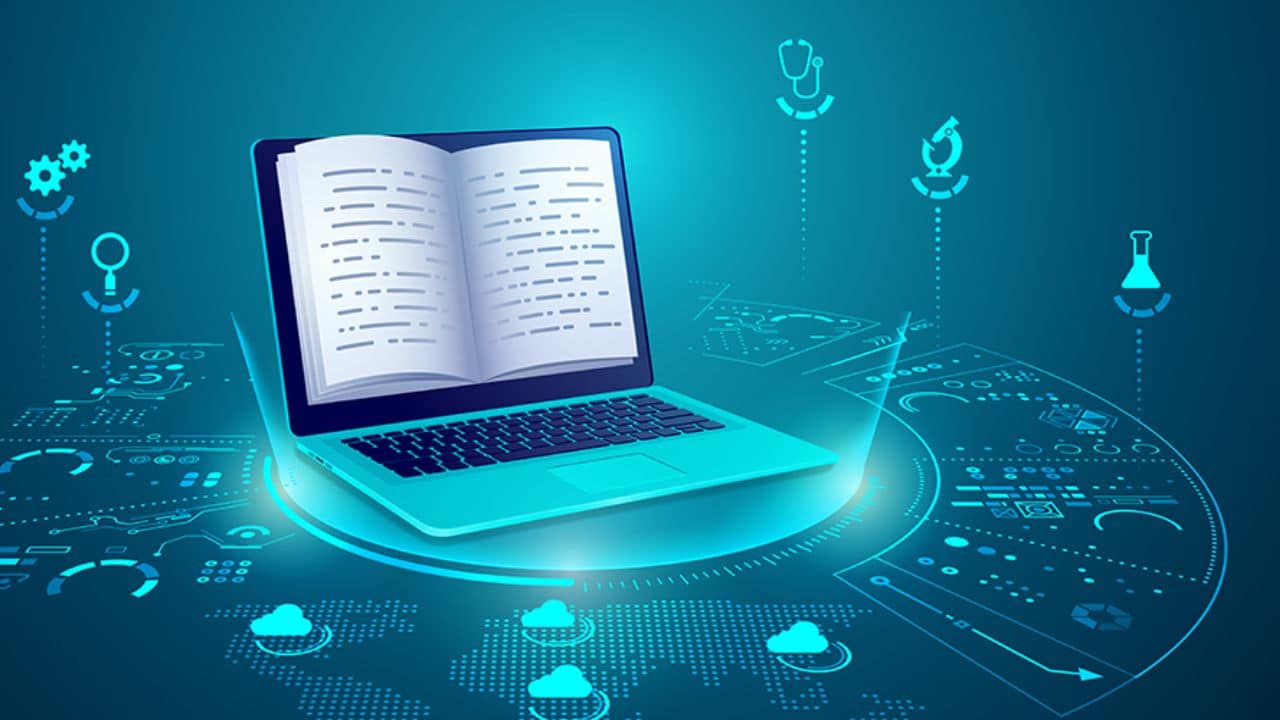
Education is no longer limited to the traditional constraints, but it has entered the realm where it can be experiential, participatory, and personalized.
- Redefining Classrooms: The projectors and VR technologies have taken the place of blackboards. The modern learners are not passive learners, but active learners.
- Empowering Teachers: Teachers no longer feel that they are being replaced, but rather that they have more tools to play around with. They can reach the learners even during out-of-school hours.
- Promoting Teamwork: Technology has removed the boundaries by which teachers can jointly work through shared documents, forums, and video calls with students around the world.
One outstanding instance of this effect was the COVID-19 pandemic, when schools were immediately shifted to online platforms. It was a spontaneous experiment on the power of educational technology.
What is an Educational Management System?
An Education Management System (EMS) is a computerized system that is used to automate the administration of learning programs, documentation, tracking, reporting, and provision of learning programs. It assists the institutions in planning academic and administrative activities effectively.
Several educational needs are addressed by several types of EMS, including:
- Learning Management System (LMS): It is applied to manage learning and teaching processes like course delivery and monitoring of student advancement.
- Student Information System (SIS): Processes student information, student applications, student admissions, student attendance, student grades, and academic records of students.
- School Management System (SMS): It is concerned with the daily administrative functions of the school, including the fee management, the records of personnel, and the timetable.
Know About the Educational Technology Trends
The most important trends in educational technology that will change the nature of the experience of education in 2025 will bring out a drastic change in the way education is delivered and experienced.
These trends include:
- Artificial Intelligence and Personalized Learning Systems: The system relying on AI and customizable learning is developed to realign the educational process, emphasizing the specific strengths and weaknesses of a student and learning style, and it is more responsive and involving.
- Gamification and Immersive Learning with VR/AR: VR/ARs offer a chance to obtain knowledge about the history of the place, science, or even some real-life simulation, safely and memorably. Other gamification elements, like challenges and leaderboards, are motivational elements that encourage participation.
- Online and Flexible Learning Models: This is more flexible and is done through the combination of online and face-to-face-based training that accommodates the needs of different kinds of learners.
How the Development of Technology Can Change Education?
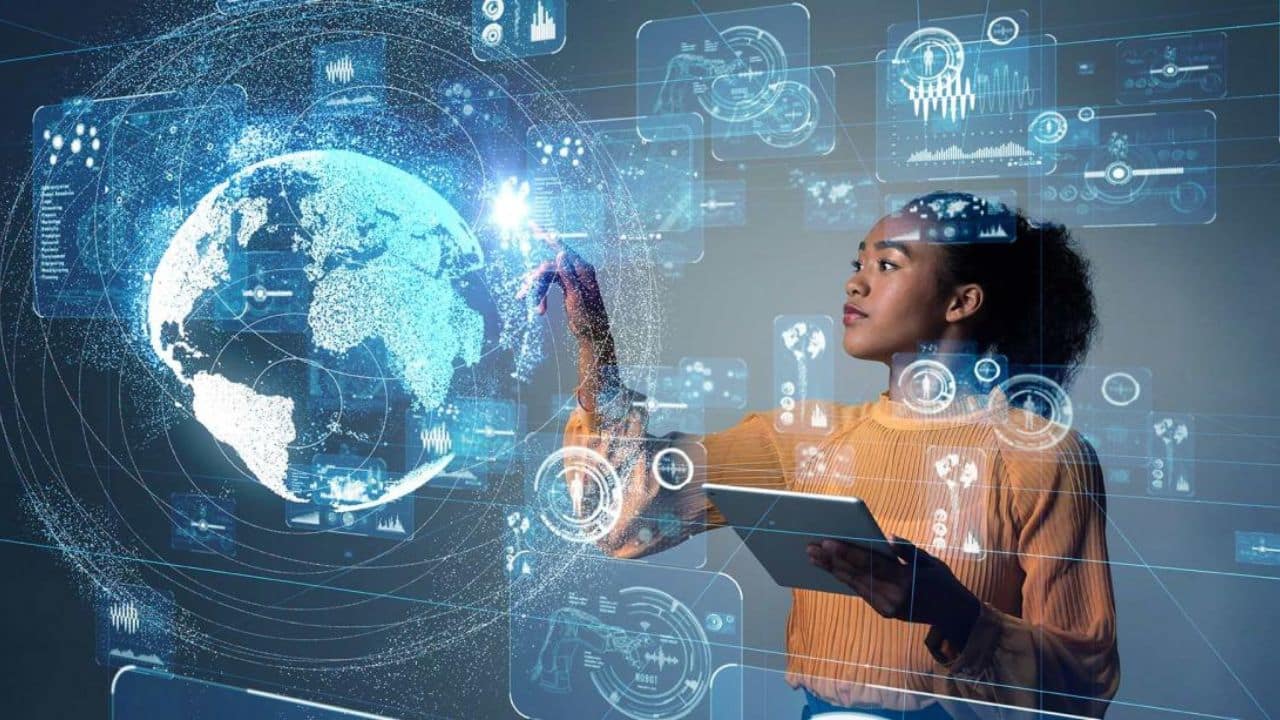
These are some ways in which technology is changing education:
- Global Classrooms: It gives you a chance to learn from all over the world.
- Skill-Oriented Learning: Platforms based on technology focus on skill development, creativity, and critical thinking.
- Adaptive Learning: AI is empowering platforms that can tailor content to an individual learner according to real-time performance analytics.
- Virtual Reality: This gives you a real-life experience for any learning.
Opportunities and Challenges
The scope of educational technology is filled with both opportunities as well as technologies. The following are some of the opportunities and challenges:
1. Opportunities
- Empowerment of teachers with a variety of tools.
- Boost creativity and learning with different tools and features.
2. Challenges
- Face-to-face interpersonal skills can at times be affected.
- You can also face the data security and privacy issues.
Future of Educational Technology
In the future, educational technology will have no boundaries. The artificial intelligence, VR-based classes, and worldwide lifelong learning ecosystems are not just passing trends. Due to the development of society, the requirements of the educational process will also change. The education of the future will not be focused on memorizing facts but on creating adaptive thinking individuals capable of navigating the uncertainty.
Bridging the Digital Divide in Learning
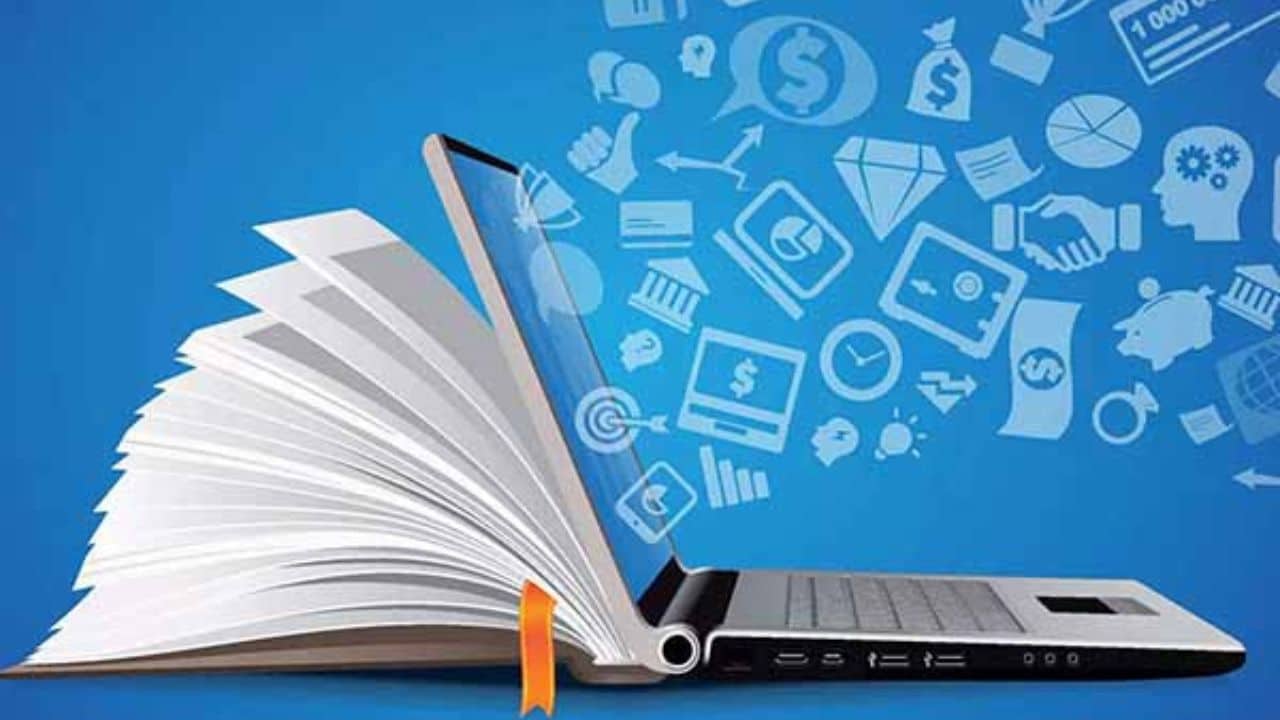
It is very important to bridge the digital divide in learning so that everyone can take advantage of opportunities. The digital divide can be defined as the difference between the unequal access to digital technologies, internet connectivity, and digital skills. There should be active measures to bridge this gap to develop inclusive education systems. Some of the major ways are:
- Ensuring Infrastructure: Making rural and underserved regions accessible to high-speed, low-cost internet.
- Digital Literacy Training: Preparing students, teachers, and parents with the ability to use technology in education.
Traditional vs Digital Learning
| Features | Traditional Learning | Digital Learning |
| Location | Physical Classroom | Online Platforms |
| Schedule | Fixed Time | Flexible |
| Interaction | Face to Face | Virtual |
| Resources | Textbooks | Digital Media |
| Flexibility | Limited | High |
Conclusion
Educational technology is transforming education as systems are becoming more interactive, accessible, and personalized. Such tools as digital learning, LMS, and gamification are aimed at making students engaged and contributing to various learning needs.
Technology enhances the powers of teachers and makes the educational boundaries fade away, forming global classrooms and learning skills. These developments are bound to create an inclusive, adaptive, and dynamic future of education where all learners can flourish and achieve their potential. This is a necessary change towards the growth of education.
Related: A Guide On Scope of Marketing: Its Importance, Nature, and Future
Related: What is a Promotion Mix & Why Is It So Important?








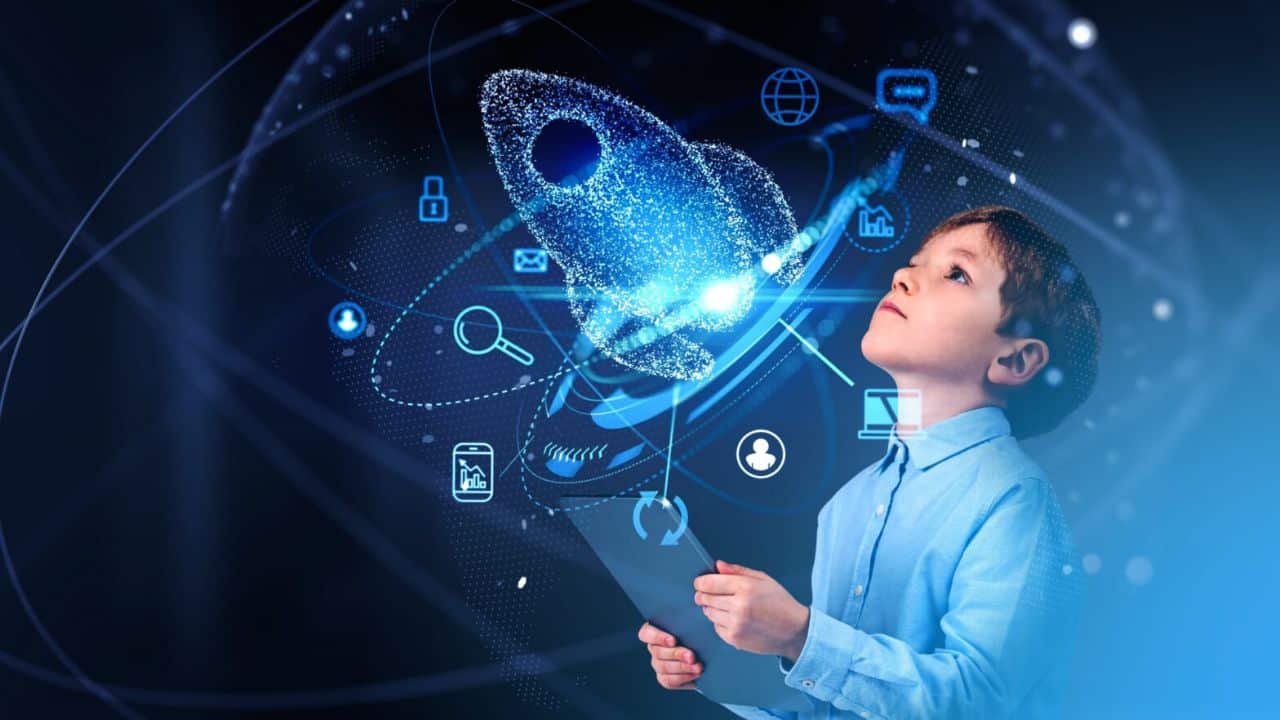





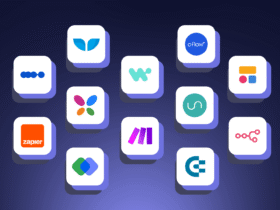


Active Noon Media is the largest local to national digital media website that represents the voice of the entire nation.